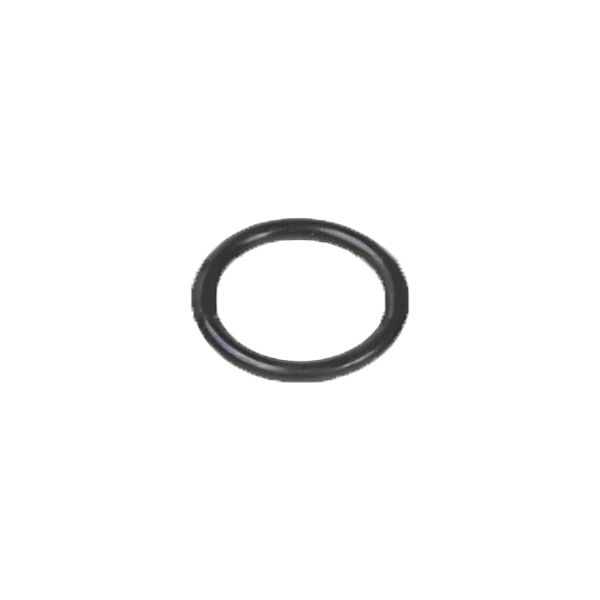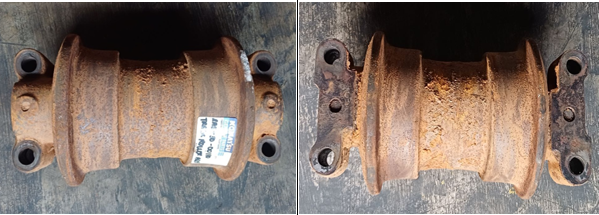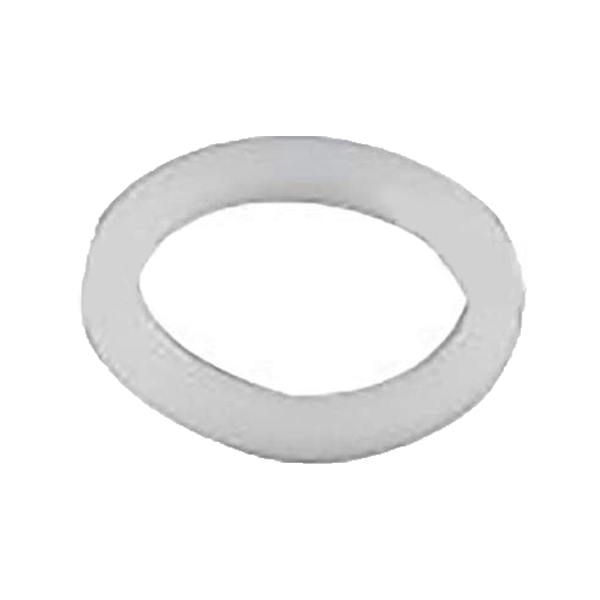Dismantled parts from PC200-8M0 C22176 and PC200LC-8M0 C15621.
The Boom Cylinder Assembly on a Komatsu PC200-8M0 excavator is a vital hydraulic component responsible for controlling the up-and-down movement of the boom, which is the long arm extending from the machine’s body. The boom is critical for lifting, lowering, and positioning the bucket during digging or loading operations. The boom cylinder assembly allows the operator to control this movement with precision and power.
Here’s a detailed breakdown of the Boom Cylinder Assembly:
1. Cylinder Barrel
- The cylinder barrel is the main housing of the boom cylinder. It contains the hydraulic fluid and piston and is built to withstand high hydraulic pressures.
- The barrel provides the chamber for hydraulic fluid to create the force needed to move the piston inside.
2. Piston and Piston Rod
- The piston sits inside the cylinder barrel and divides the internal chamber into two sections. It moves back and forth based on the pressure differences on either side.
- The piston rod is connected to the piston and extends out of the cylinder barrel to transfer the force generated inside the cylinder to the boom. As the piston moves, it pushes or pulls the rod, which, in turn, lifts or lowers the boom.
- The piston rod is strong and durable, capable of handling heavy loads and high-stress operations.
3. Hydraulic Ports
- The cylinder has hydraulic ports that allow fluid to flow into and out of the cylinder. These ports connect to the excavator’s hydraulic system, directing fluid to either side of the piston depending on whether the operator wants to lift or lower the boom.
- Fluid entering one side pushes the piston, while fluid exiting the other side allows the piston to move.
4. Seals and Gaskets
- Various seals are used within the boom cylinder to prevent hydraulic fluid from leaking and to maintain the system’s pressure. These seals are located around the piston and at the cylinder rod’s entrance and exit points.
- The seals ensure smooth movement and protect the system from contamination by keeping dust and debris out.
5. Cushioning Mechanism
- The cushioning mechanism is designed to absorb shock at the end of the cylinder’s stroke (both fully extended and fully retracted). This prevents the piston from slamming into the cylinder barrel, which could cause damage or wear.
- Cushioning provides a smooth deceleration, improving durability and reducing stress on the boom cylinder and the machine.
6. Mounting Points (Pins and Bushings)
- The boom cylinder assembly is attached to the excavator frame and boom using mounting pins and bushings. These connection points allow the cylinder to pivot and follow the boom’s motion as it moves up and down.
- The bushings allow for a smoother movement, reducing friction and wear over time.
7. Hydraulic Fluid
- The hydraulic fluid is the medium through which power is transferred. When fluid is pumped into the boom cylinder under high pressure, it moves the piston, which in turn moves the boom.
- The hydraulic system is controlled by valves that direct the fluid to either side of the piston to extend or retract the boom cylinder.
Function:
The Boom Cylinder Assembly controls the lifting and lowering of the boom. This movement is essential for a wide range of tasks, including:
- Digging: Raising and lowering the boom for excavating materials from various depths.
- Lifting: Lifting the boom to move the bucket or attachments into position for dumping or transporting material.
- Precision Work: Precise control of the boom is needed for tasks like trenching, leveling, or grading, where fine adjustments are critical.
Operation:
- When hydraulic fluid is pumped into the bottom side of the cylinder (below the piston), the piston rod extends, lifting the boom upward.
- When hydraulic fluid enters the top side of the cylinder (above the piston), the piston rod retracts, lowering the boom.
The Boom Cylinder Assembly is one of the primary actuators in an excavator’s hydraulic system, providing the necessary force and control to handle heavy loads and perform demanding construction tasks.




